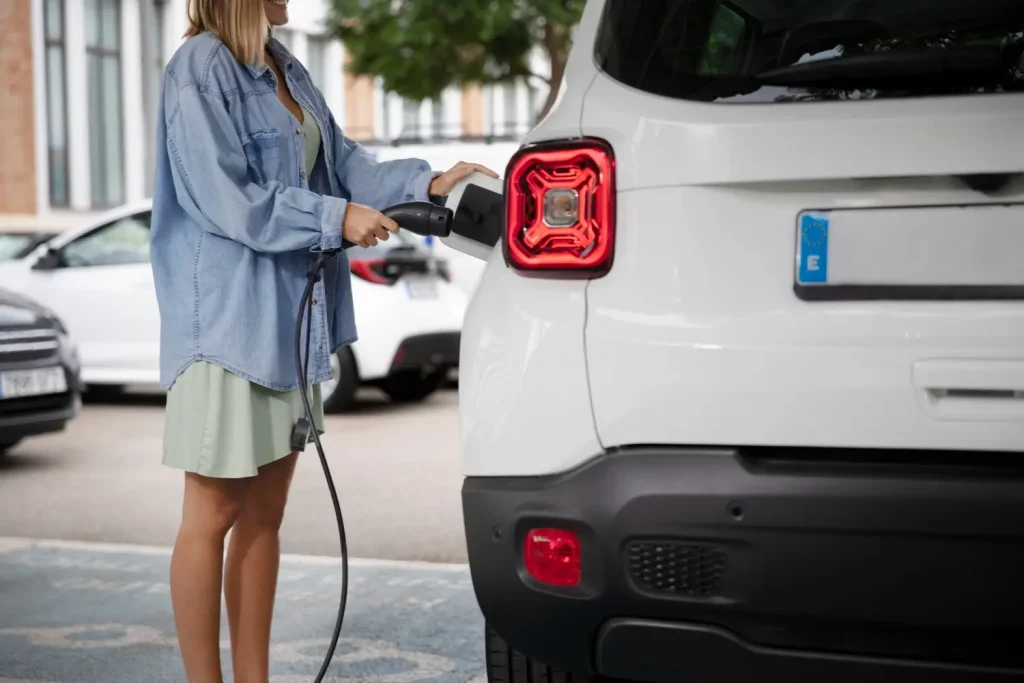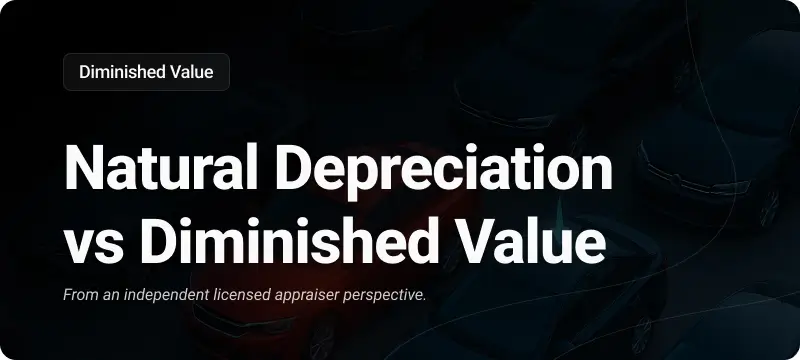The push for electric vehicles (EVs) is no longer a niche initiative; it’s a national priority. The Biden administration has made it clear that the future of transportation lies in electrification, and to back that vision, the U.S. government is pumping $521 million into EV infrastructure. This investment is designed to bridge the gaps in America’s charging network, a key obstacle that has long stymied the broader adoption of EVs.
But beyond the headline-grabbing figures, there’s a nuanced story unfolding. The grants are not just about adding more chargers—they’re about strategically placing these stations where they’re most needed, ensuring that both urban hubs and rural areas are covered. This isn’t just an environmental move; it’s an economic one, with implications that extend far beyond the automotive industry.

$521 Million Grants to Fuel 9,200 EV Chargers Across the US (PDF)
The Strategy Behind the Numbers
So, what exactly is the plan for these funds? The $521 million is being divided into two main categories. First, $321 million is allocated for 41 community projects that focus on expanding local EV charging infrastructure. These projects will help urban and suburban areas enhance their charging networks, making it easier for residents to make the switch to electric.
The remaining $200 million is directed toward 10 corridor fast-charging projects. These are critical for long-distance travel, ensuring that EV drivers have access to fast chargers along major highways. This approach not only supports daily commuters but also makes cross-country EV travel more feasible.
Let’s take a closer look at some specific examples. Milwaukee is receiving $15 million to install chargers at 53 sites throughout the city. These will be spread across key locations, providing coverage in both densely populated and underserved areas. Atlanta, another major beneficiary, is set to install a DC Fast Charging Hub at Hartsfield-Jackson International Airport.
This $11.8 million project will see 50 fast chargers placed at the airport, catering to rental cars, ride-share drivers, and airport shuttles. These projects highlight the tailored approach the government is taking, addressing the unique needs of different regions.
Fast-Tracking America’s EV Network
While this funding injection is significant, it’s only part of the broader strategy to electrify the nation’s transportation system. The U.S. currently has around 192,000 public charging ports, but that’s just a fraction of what’s needed. The Biden administration’s goal is to reach 500,000 ports by 2030, with a specific focus on high-speed chargers that are no more than 50 miles apart on major highways.
The Federal Highway Administration (FHWA) estimates that around 1,000 new chargers are being installed every week. While this pace suggests that reaching the 500,000-charger goal by 2030 is within reach, the task is far from straightforward. The real challenge isn’t just about sheer numbers—it’s about placing these chargers in the right locations and ensuring they’re dependable.
The Slow Rollout: A Persistent Problem
Even with lofty targets and considerable funding, the expansion of EV charging stations has lagged behind expectations. The Biden administration has been criticized for the slow progress of its $5 billion program, which kicked off in 2021. By mid-2023, the initiative had resulted in the installation of only a few new charging stations, sparking doubts about the program’s efficiency and overall impact.
Senator Jeff Merkley didn’t hold back when he called the progress “pathetic” during a June hearing. His criticism points to a broader frustration among lawmakers and the public alike: the feeling that the U.S. isn’t moving quickly enough to build the infrastructure needed for widespread EV adoption. Shailen Bhatt, head of the FHWA, echoed this sentiment, expressing his own frustration with the pace of deployment and emphasizing the need for faster action.
Political Pushback and the Roadblocks Ahead
Adding to the complexity of the situation is the political opposition. Critics, including Republican presidential candidate Donald Trump, have taken aim at the administration’s EV infrastructure efforts. They argue that the focus on electric vehicles is misplaced, suggesting that more investment should be directed toward traditional energy infrastructure instead.
This political pushback could influence future funding and the overall direction of the U.S. energy strategy. If the administration changes, we could see a shift in priorities that might slow the momentum behind EV infrastructure development. This potential pivot is a looming uncertainty that industry stakeholders are keeping a close eye on.
The Environmental and Economic Stakes
At the heart of this push for EV infrastructure is a broader environmental goal: reducing greenhouse gas emissions. Transportation is one of the largest contributors to the U.S.’s carbon footprint, accounting for nearly 29% of total emissions. The widespread adoption of EVs is seen as a critical step toward meeting national and global climate goals.
But the stakes aren’t just environmental—they’re economic too. The construction and maintenance of an extensive EV charging network require a skilled workforce, creating jobs in engineering, construction, and technology. Moreover, a reliable and widespread charging infrastructure is crucial for encouraging consumers to switch to EVs, driving demand in the automotive industry and spurring innovation in related sectors.
The Unspoken Challenges: Consistency and Equity
While the federal grants and ambitious goals are a step in the right direction, there are several challenges that haven’t been fully addressed. One of the key issues is the consistency of charging station performance. Not all chargers are created equal, and as the network expands, ensuring that stations are reliable and offer consistent performance will be critical.
Another challenge lies in grid capacity. As more EV chargers come online, the demand on the electrical grid will increase. In some areas, especially those with aging infrastructure, this could lead to strains on the grid, potentially causing reliability issues. Modernizing the grid to handle this increased demand is a crucial but often overlooked part of the transition to electric mobility.
There’s also the matter of equity. While urban centers, particularly wealthier ones, are experiencing a boom in EV charger installations, rural and less affluent areas risk being overlooked. It’s crucial to ensure that the advantages of expanding EV infrastructure reach all communities, making the shift to electric vehicles a truly inclusive national effort.
Looking Ahead: What’s Next for EV Infrastructure?
The $521 million in grants is a significant step forward, but it’s just the beginning. The U.S. is at a critical juncture in its transition to electric vehicles, and the next few years will determine whether the country can meet its ambitious goals. The success of this initiative will depend on continued investment, political will, and overcoming the logistical challenges that lie ahead.
As we move forward, one question remains: Can the U.S. build an EV infrastructure that meets the needs of all its citizens, while also driving the country toward a greener, more sustainable future?



